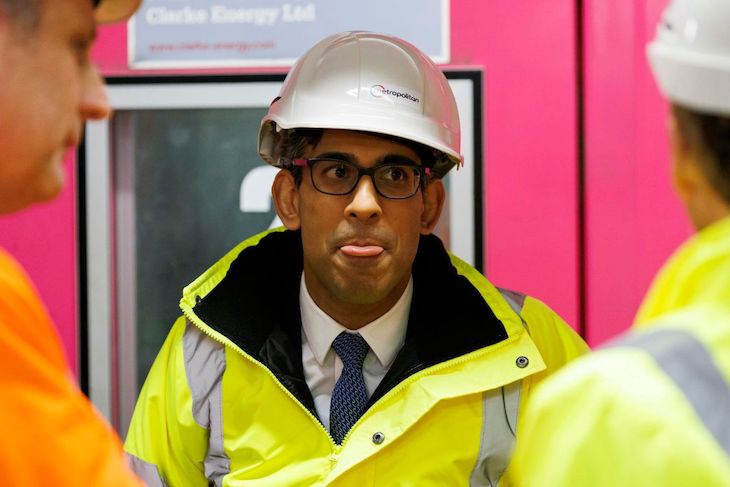Rishi Sunak seems to have realised a trick for pushing more building without confronting Tory Nimbyism. Under plans unveiled today, he’s going to ease restrictions on building in urban areas, where prices are most pressured and where Tory votes are rarely found. Councils missing their housing targets will be restricted in when they can refuse permission, and it will become easier to convert existing buildings into housing.
Already a subscriber? Log in
Subscribe for just $2 a week
Try a month of The Spectator Australia absolutely free and without commitment. Not only that but – if you choose to continue – you’ll pay just $2 a week for your first year.
- Unlimited access to spectator.com.au and app
- The weekly edition on the Spectator Australia app
- Spectator podcasts and newsletters
- Full access to spectator.co.uk
Or



















Comments
Don't miss out
Join the conversation with other Spectator Australia readers. Subscribe to leave a comment.
SUBSCRIBEAlready a subscriber? Log in